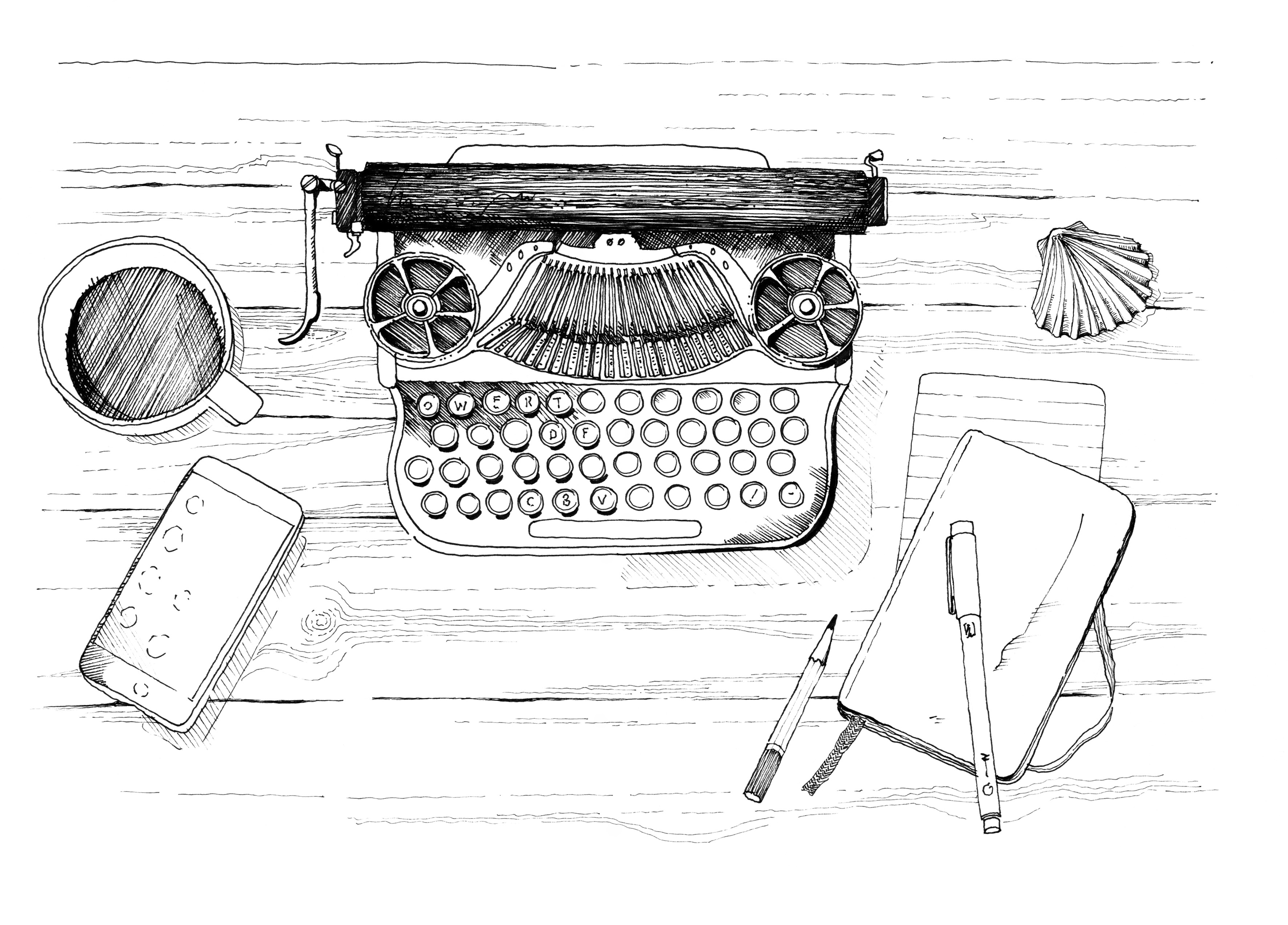By John Summerton
Getting the pitch right is pivotal. There is a real mystique around it for first-time writers, as the problem is that editors – much like the rest of us – are human beings and therefore they want a million different things and they change their minds daily. As such, you could say there are no hard-and-fast rules, but certain techniques can stack the odds of getting your pitch considered.
The 10 commandments of pitching:
1. Thou shalt know to whom you are pitching
There is no excuse not to find out the name of the editor, commissioning editor or features editor that you need to send your idea to. It will be that person’s job to look at proposals and decide whether or not they either go through to the editor for consideration or whether they commission you directly.
2. Thou shalt read the submission guidelines
If the publication has these – and many do – it means they have taken the time and trouble to write them well, in order to minimise the number of irrelevant pitches that they get into their inbox.

3. Thou shalt know which part of the publication your article will fit into
Whether it’s a magazine, website, blog or guidebook, it doesn’t matter – every single publication is divided up into sections.
4. Thou shalt check the archives
Nothing smacks of a casual reader – or even worse, a non-reader – than someone who pitches a story that has only just appeared in that publication. If you are about to pitch to a magazine or newspaper that is available in print at least go and pick up the latest copy so you know what they’ve covered – you should be doing this anyway to study the sections.

5. Thou shalt keep it brief
Editors want the story you’re selling in a nutshell, so they can decide whether or not to commission it and move on with the job at hand. So don’t forget the value of the email subject line. This is the first chance you get to not only sell the idea in a single sentence.
6. Thou shalt always have a hook or angle
Every story has to have a hook or an angle. This is basically the reason for the piece to take up space in the pages. In a newspaper it might be ‘The best free places to take your kids in the summer holiday’. Or perhaps a new flight to Provence has launched, so it could be ‘The best way to spend your first three days in Provence’.

7. Thou shalt not expect the editor to do the work for you
Your job as a writer is to find the story and pitch it to the editor. The editor’s job is to pick it and package it onto the page.
8. Thou shalt say why it should be you
Do you have a background in archaeology and have just visited a brand-new site opening to the public? You need good reasons why you should write an article and none of them say that you are a published writer – because you don’t necessarily have to be to get your lucky break.

9. Thou shalt send links to any previous writing
If you’ve written for another newspaper or magazine you should put the links through to that – even if it’s not about travel. Anything that gives the editor a sense of your style and ability to string together a sentence is useful.
10. Thou shalt be patient
As we’ve already established, editors are busy people and can’t always come back to you straight away or even at all. Some will keep hold of emails ready for when they need to cover that destination again, and if you make a fuss because no-one got back to you they will certainly put you straight into the ‘never use’ folder.
—-
The Travel Writer’s Field Guide is packed full of hundreds of more tips like these, from how to travel richly to making the most of your time on the road.
It is printed on exceptional paper with a rugged 300gsm canvas finish cover and measures 170mm x 240mm.
